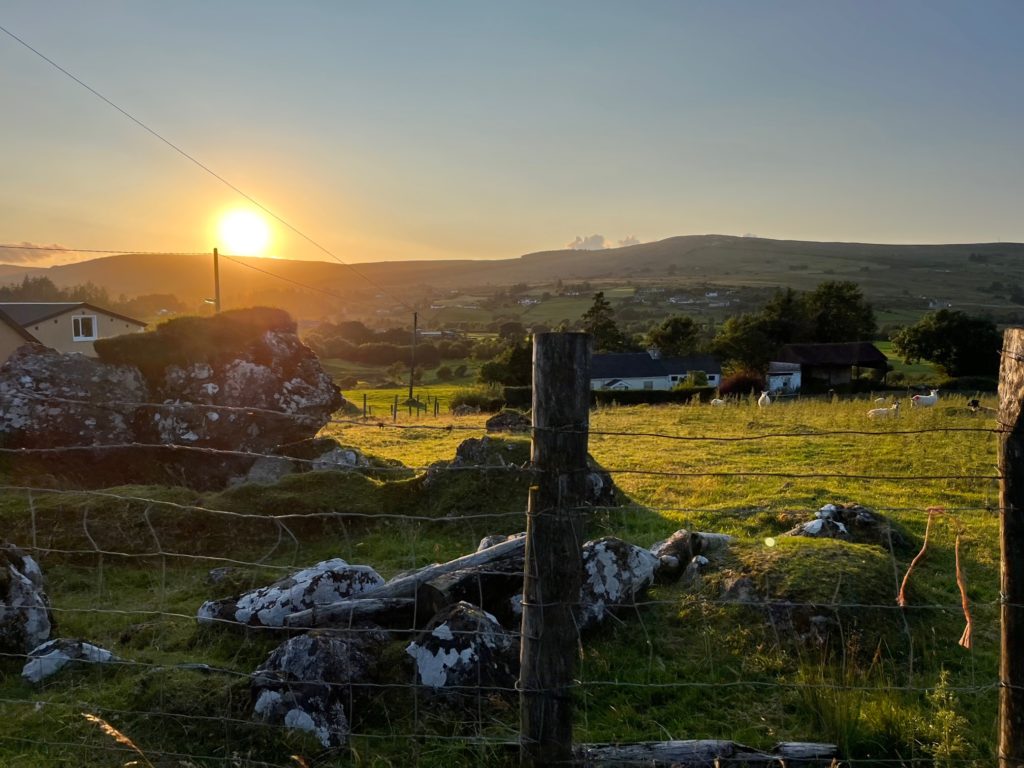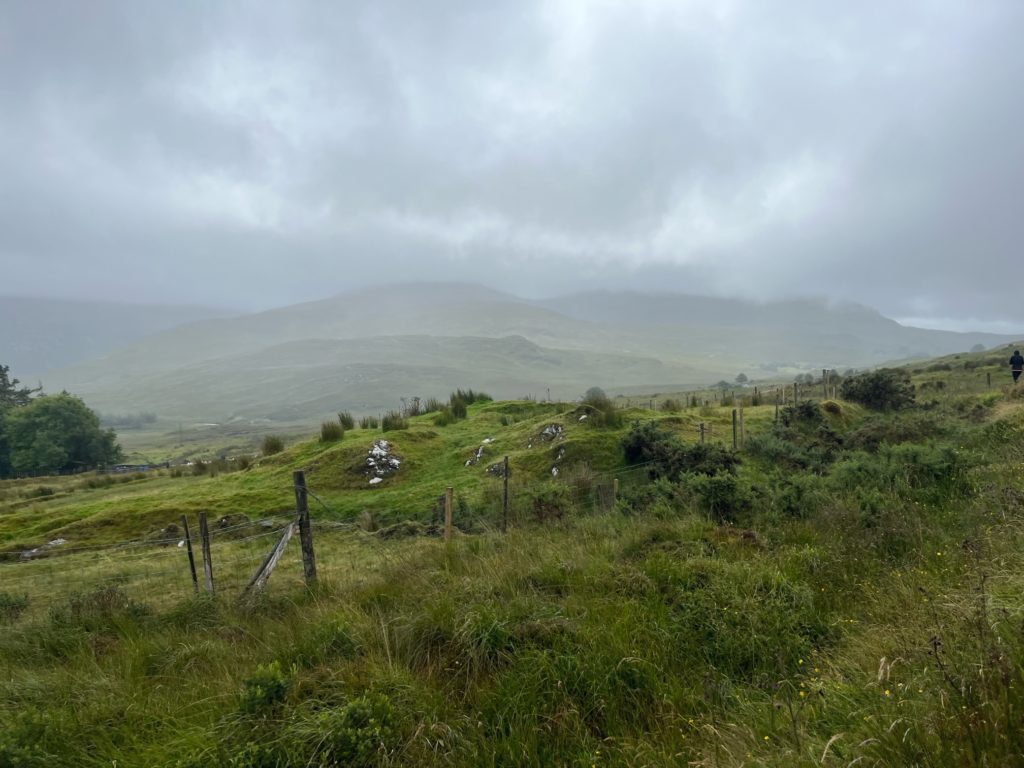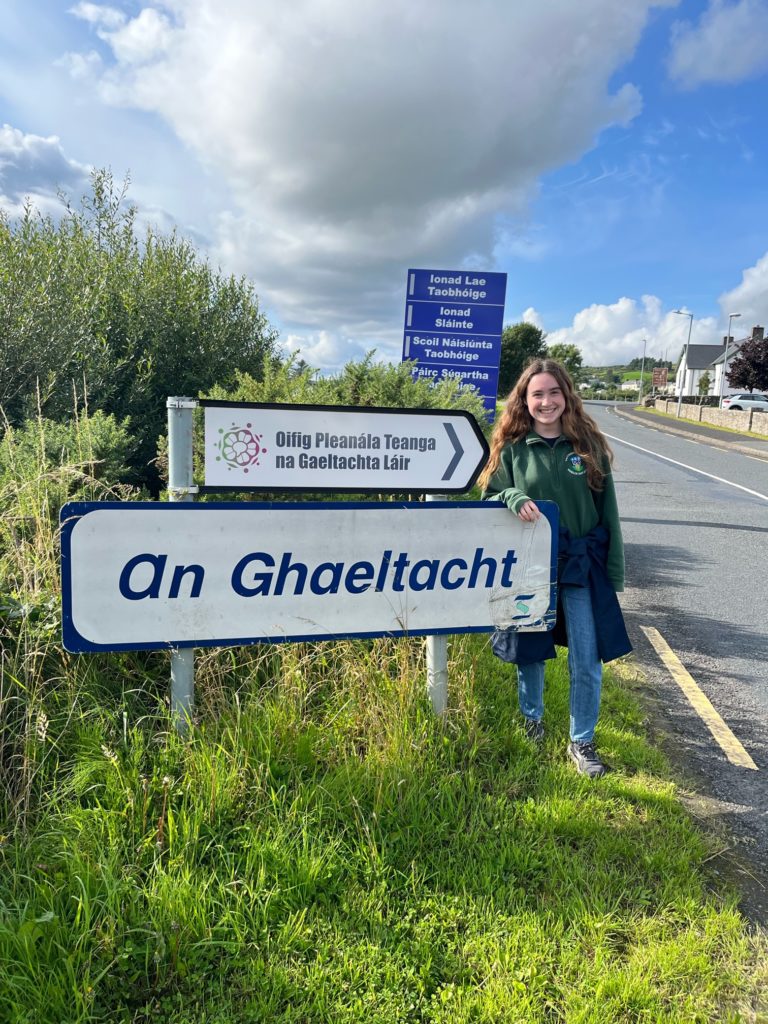
My time in Ireland is coming to an end. After nearly three months in this country, and two weeks of cultural immersion in the Gaeltacht, I feel I’ve gained a decent understanding of how the Irish culture functions. The differences between Irish and American cultures are subtle; there is a reason why it is so easy for Americans to visit Ireland and vice versa. The fact that many Americans come from Irish heritage certainly plays no small part in this cultural understanding, too.
That said, there are some metrics where Ireland has different attitudes than I was used to. For one, Ireland has a very low power distance, meaning that hierarchy is generally established for convenience and those higher on the totem pole are easily accessible. Leaders aren’t worshiped; they’re respected, and only when they’ve earned it. This could be seen in my workplace over the summer months, where managers and employees would frequently converse on equal footing, even going out for meals and drinks as peers. In my language classes, too, my teachers often offer to buy me a drink at the Ríleán, a behaviour I would not expect in an American school. Those in positions of power speak quite casually, and there’s a general understanding that everyone is human.
Secondly, the Irish have a different concept of time. Each night at my language program, there is an evening event scheduled for 8pm. Each night, that event did not start until 8:15 at the earliest. In the grand scheme of things, 15 minutes does not make a big difference. However, I was raised to expect scheduled events to start at the time they were scheduled for, and it took me a bit to adjust to “Irish Time,” as I’ve often heard it referred to.
Overall, though, I’ve found that Ireland is not so different from the States. I think it is important to remember that cultures are made up of individuals, and any cultural observation is a huge generalization. People do not think or act as a collective; we each have access to our own consciousness, and our own consciousness only. Perhaps that’s just my American individualism speaking, though.
I’ve had a wonderful time here. My language skills have improved immensely; my confidence and understanding in conversations has increased ten-fold, and I’ve made some lovely friends to continue speaking Irish with after I go home. I’m incredibly grateful for this opportunity, and I will hold Gleann Fhinne in my heart forever. Beidh mé ar áis, lá éigin…





